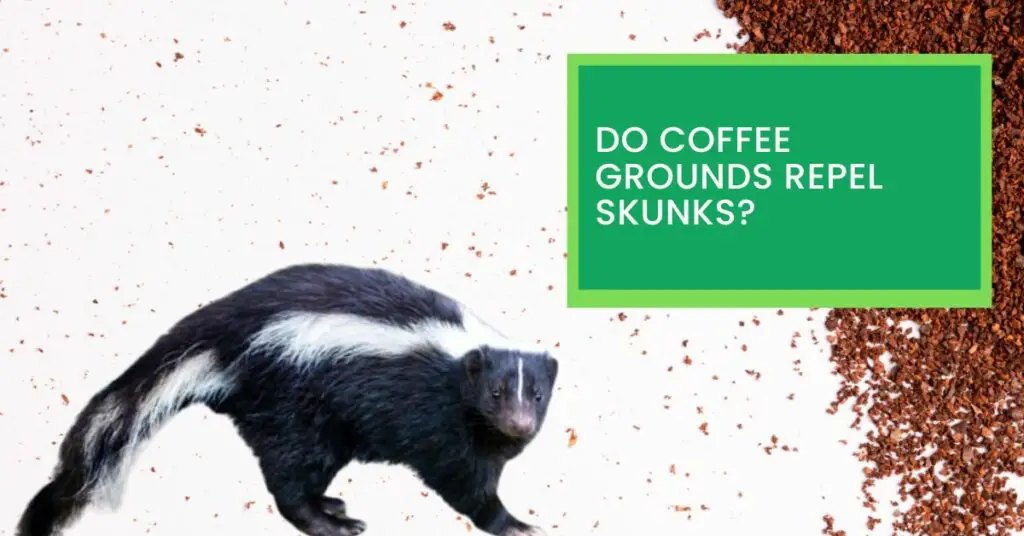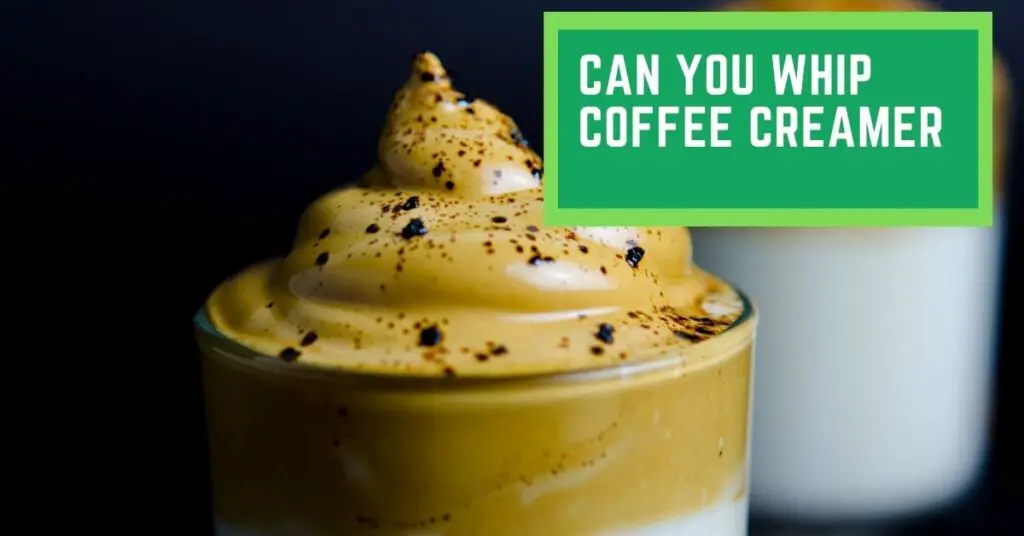Latte art is more than just a way to make your morning coffee look pretty.
It’s a skill that takes practice and technique to perfect.
Some might argue that latte art is unnecessary, but others are passionate about their coffee presentation.
In this blog post, we’ll explore what latte art is and why it matters.
What Is Latte Art?

Latte art is a technique used to create patterns or designs on the surface of a latte.
It involves pouring steamed milk into espresso, creating a top layer of foam.
Depending on the technique, the barista can create different designs, ranging from simple shapes like hearts and leaves to more complex designs like rosettas and swans.
Latte art has become synonymous with specialty coffee, often used for baristas to showcase their skills.
Why Latte Art Matters?
Latte art isn’t just about impressing your friends or customers. It can enhance the coffee-drinking experience.
Here are some reasons why latte art matters:
- Quality control: Consistency is key in the coffee industry.
Latte art requires careful attention to detail, which helps ensure that each cup of coffee is made with the same high-quality standards.
- Aesthetics: Latte art is visually appealing and can be a selling point for customers seeking a little extra flair in their coffee experience.
A beautiful latte can be posted on social media, attracting more customers to the establishment.
- Pride in Work: Latte art requires skill and practice, so being able to produce a beautiful design can create a sense of pride and accomplishment for baristas.
- Customer Satisfaction: A well-crafted latte can make a customer feel special and valued.
This can lead to repeat business and positive word-of-mouth marketing.
In conclusion, latte art is not just a decorative trend but a technique that has brought evolution in the coffee industry.
Its popularity has surged over the years and is considered the hallmark of quality assurance and innovation.
From quality control to aesthetics, latte art matters, and it’s a way for baristas to showcase their skills and ultimately elevate the coffee experience for customers.
Tools And Ingredients
Espresso Machine And Milk Frother
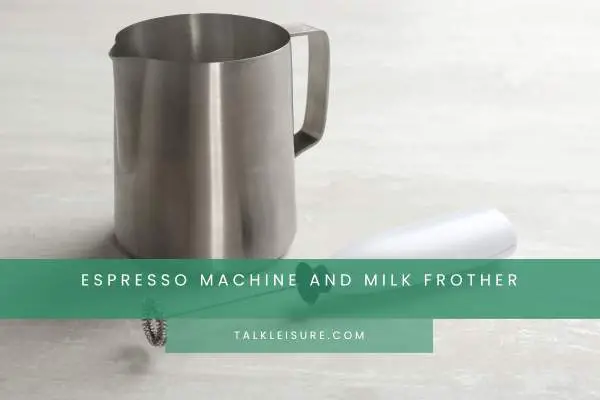
Baristas need an espresso machine and a milk frother to create latte art.
The espresso machine makes espresso, which forms the latte base.
Meanwhile, the milk frother is used to create the steamed milk that is poured into the espresso.
Espresso Beans And Milk
Quality espresso beans are essential for creating the perfect latte.
The beans should be freshly roasted and ground immediately before use.
As for the milk, whole milk is preferred because it produces the best foam.
Baristas should always use fresh, cold milk free from contaminants.
Latte Art Tools
Baristas also need specific tools to create latte art.
These tools include a milk jug, a thermometer, and a fine-tipped pen or toothpick.
The milk jug is used to steam the milk and to pour it into the espresso.
The thermometer allows baristas to monitor the temperature of the milk, which is essential for creating the perfect foam.
Lastly, the fine-tipped pen or toothpick creates intricate designs on the latte.
Preparing The Milk
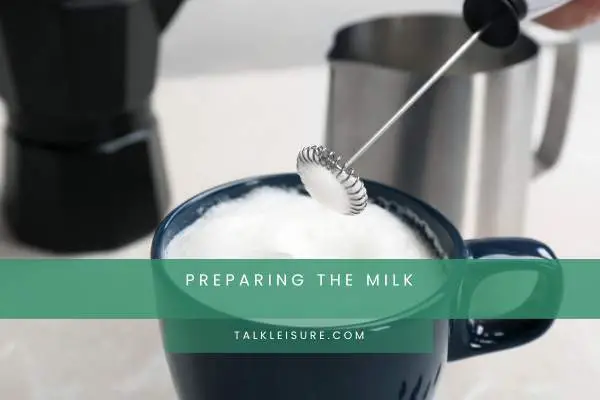
Steaming And Frothing The Milk
After gathering all the necessary tools and ingredients, it is time to prepare the milk for latte art.
First, pour cold milk into the milk jug. It is important to only fill the jug halfway to ensure enough space for the milk to expand as it’s being frothed.
Place the steam wand of the milk frothing machine in the milk and turn it on.
You should hear a soft hissing sound, indicating that the milk is frothed correctly.
When the milk jug becomes too hot to touch, turn off the steam wand and remove it from the milk.
Tap the jug gently on a flat surface to remove any large bubbles and to settle the milk.
Achieving The Perfect Milk Temperature
Using a thermometer, check the temperature of the milk.
The ideal temperature for latte art is between 60-70°C (140-160°F).
If the milk is too hot, it will break down and lose its texture, making it difficult to pour and shape the foam.
If the milk is too cold, it won’t create enough froth to form latte art.
Once the ideal temperature is reached, the milk is ready to be poured into the espresso.
In conclusion, preparing the milk for latte art requires precision and attention to detail.
By using high-quality ingredients and the right tools, baristas can create exquisite works of latte art that are as delicious as they are aesthetically pleasing.
Pouring the Latte

After the milk has been prepared, the next step in creating latte art is pouring the milk into the espresso.
There are several techniques and methods that baristas use to create different designs on top of the latte foam.
Pouring Techniques For Different Designs
Some popular pouring techniques for latte art designs include the heart, rosetta, and tulip.
The heart design is created by pouring a small stream of milk into the center of the espresso, followed by a swift back-and-forth motion to create the two lobes of the heart.
The rosetta design starts with pouring a small amount of milk into the center of the espresso and then adding quick, continuous side-to-side movements while slowly pouring milk to create the leaf-like patterns.
The tulip design is created by pouring a circular motion in the center of the espresso, followed by a back-and-forth motion with the milk to create the tulip shape.
Free Pouring And Etching Methods
Free pouring is a technique to create simple designs without pre-drawn outlines.
This method involves pouring the milk in a specific pattern while manipulating the milk pitcher to create desired shapes on top of the latte foam.
Etching is another method used to create more intricate designs on top of the latte.
For etching, baristas use a fine-tipped pen or toothpick to draw lines and shapes on top of the foam.
This method allows baristas to create complex designs with more detail and precision.
Basic Latte Art Designs
Regarding latte art, baristas have a variety of techniques and methods to create beautiful designs on top of their lattes.
One of the most critical steps in creating latte art is pouring the milk into the espresso, which requires precision and skill.
Heart design
The heart design is a classic latte art design that has been popular for many years.
To create this design, baristas pour a small, steady stream of milk into the center of the espresso, followed by a swift back-and-forth motion to create the two lobes of the heart.
This simple but elegant design is a great way to master latte art skills.
Rosetta design
The rosetta design is a bit more complex than the heart design but still relatively easy to learn with some practice.
This design starts with pouring a small amount of milk into the center of the espresso and then adding quick, continuous side-to-side movements while slowly pouring milk to create the leaf-like patterns.
With some skill and precision, baristas can create beautiful, detailed rosettas to impress their customers.
In addition to these basic designs, baristas can use free pouring and etching methods to create more intricate and complex designs that will stand out even more.
With free pouring, baristas manipulate the milk pitcher while running in a specific pattern to create desired shapes on top of the latte foam, while etching involves drawing lines and shapes on top of the foam with a fine-tipped pen or toothpick.
Practicing And Improving
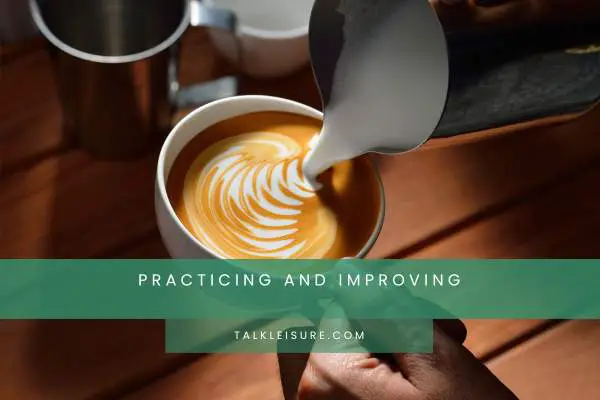
Regarding latte art, baristas need to practice and continuously improve their skills to create beautiful and intricate designs on top of their lattes.
A great way to start is by mastering basic designs and then gradually moving on to more complex ones.
How To Practice Latte Art
One of the most important aspects of practicing latte art is getting the right equipment and ingredients.
For etching, Baristas need high-quality espresso machines, milk pitchers, and fine-tipped pens or toothpicks.
They also need to use freshly roasted coffee beans and high-quality milk that is properly steamed.
Once the equipment and ingredients are prepared, baristas should practice pouring milk into espresso shots to create basic designs like the heart and rosetta.
It’s essential to pour the milk steadily at a consistent speed and angle while keeping the pitcher close to the surface of the shot.
They should then experiment with adding more or less milk to create design variations.
Tips For Improving Your Skills
To enhance their skills, baristas can follow these tips:
- Practice consistently: Practicing for short amounts of time every day can help baristas develop muscle memory and improve their pouring technique.
- Get feedback: Baristas can ask a colleague or their manager for feedback on their designs or watch online tutorials to learn from experts.
- Experiment with variations: By changing the angle, speed, or flow rate of the milk, baristas can create variations in their designs and expand their skills.
- Stay patient: Latte art takes time and patience to master. Baristas should focus on learning from mistakes and not giving up on the process.
In conclusion, practicing and improving latte art skills is essential for baristas who want to create stunning works of art on top of their delicious lattes.
By following proper techniques, using quality equipment and ingredients, and continuously practicing and experimenting, baristas can develop their skills and create more intricate and impressive designs.
Conclusion
In conclusion, latte art is the perfect way to elevate your coffee experience.
With continuous practice and improvements, baristas can create stunning designs that not only taste good but also look beautiful.
More Articles: Coffee in desserts: A culinary exploration.




